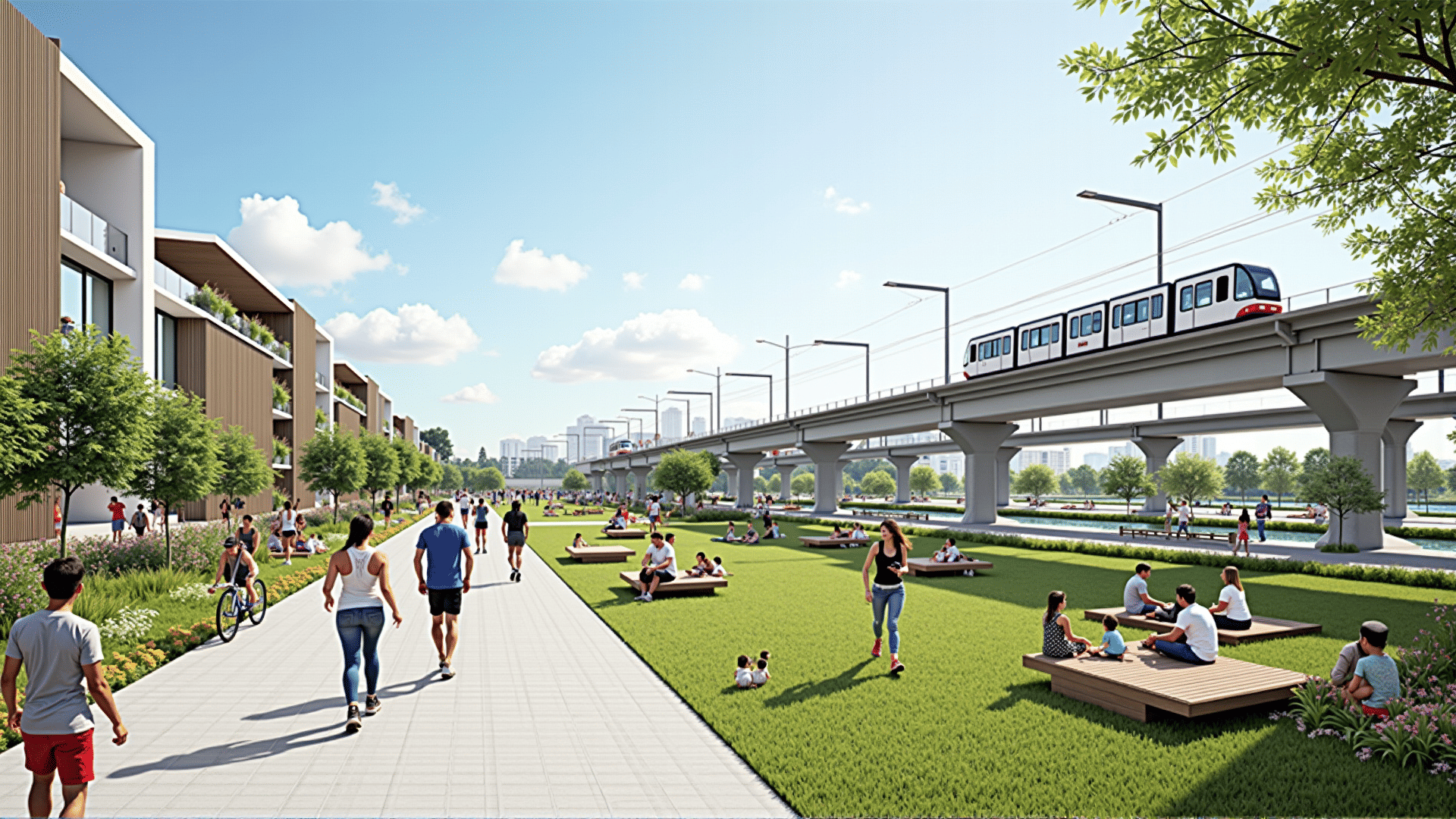In recent years, cities around the world have embarked on initiatives to transform urban spaces into more sustainable, livable environments. These projects focus on enhancing quality of life while preserving natural resources and reducing environmental impact. Let’s delve into some noteworthy examples of these transformative endeavors.
One prime example is the creation of green corridors, which integrate nature into the urban landscape. These projects often involve converting unused railway lines or roads into green spaces lined with trees, plants, and walkways. Such corridors provide biodiversity habitats and encourage non-motorized transport, helping reduce pollution levels. A well-known instance of this concept in action can be seen with Seoul’s Cheonggyecheon Stream Restoration, where an elevated highway was removed to restore a stream, resulting in improved air quality and a cooling effect in the city center.
Another successful strategy involves upgrading public transportation systems to reduce reliance on personal vehicles. Cities like Copenhagen and Amsterdam have invested heavily in cycling infrastructure, establishing extensive networks of bike lanes. These initiatives not only enhance mobility but also contribute to the physical and mental well-being of residents by encouraging active transportation. Meanwhile, cities such as Curitiba in Brazil are celebrated for pioneering efficient public transport solutions, with their Bus Rapid Transit (BRT) system serving as a model for cities worldwide.
Urban resilience is also a common theme in many sustainable urban projects. With the increasing impacts of climate change, cities are adopting nature-based solutions to manage challenges such as flooding and heatwaves. For instance, Rotterdam has implemented water plazas—public spaces that double as water catchments during heavy rainfalls, thereby reducing the risk of flooding. These plazas also serve as recreational areas for residents, highlighting the multifunctionality of such sustainable interventions.
Moreover, the integration of renewable energy sources into the urban fabric represents forward-thinking urban planning. In places like Freiburg, Germany, significant strides have been made in incorporating solar energy, with numerous buildings designed to maximize solar gain. Furthermore, initiatives to retrofit older buildings with energy-efficient technologies are gaining traction, allowing for reduced energy consumption without compromising historical integrity.
Community involvement is another integral component of sustainable urban development. Involving residents in the planning and implementation phases fosters a sense of ownership and ensures projects meet local needs. Initiatives such as urban gardening and community farms are flourishing in cities like Detroit, where vacant plots are transformed into productive, green spaces that foster community spirit and food security.
As these examples demonstrate, sustainable urban development projects are multifaceted efforts that require vision, collaboration, and innovative thinking. By prioritizing ecological balance, enhancing public spaces, and incorporating renewable resources, these projects not only improve the urban living experience but also carve a path toward more resilient, harmonious cities for future generations.
